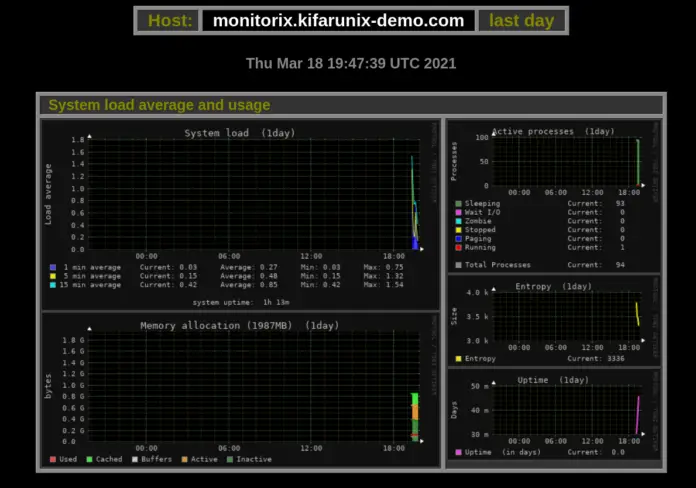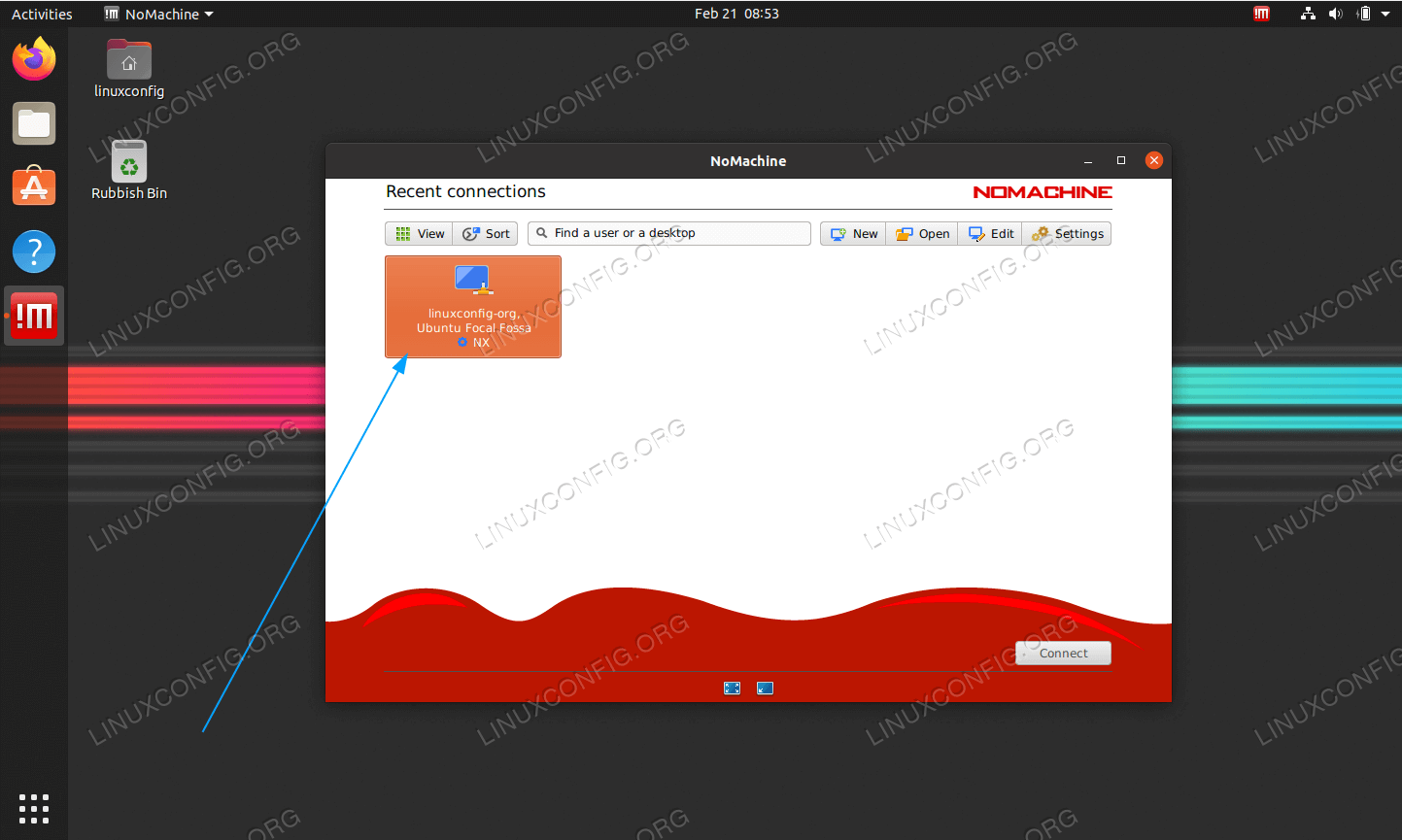

The only thing is that you have to be either logged in or just have a locked screen for the remote session to be able to happen. It is extremely straight forward to setup and is cross platform user friendly. I have found NoMachine extremely responsive and there are various tweaks to improve performance based on your Ubuntu Desktop’s allocated resource. Once you have run through the wizard this will create a shortcut to connect to your Ubuntu Desktop.ģ.2 Enter your Ubuntu Desktops User Credentials Install mkdir cd sudo mv nomachine_6.4.6_1_b cd lsīin games include lib local nomachine_6.4.6_1_b sbin share sudo dpkg -i nomachine_6.4.6_1_bĢ.1 Install NoMachine on Windows Client by clicking on the downloaded file and run through the wizard.ģ.Create a connection using NoMachine to your Ubuntu Desktopģ.1 Click add new and enter your Ubuntu Desktop’s IP address

(This is to avoid having to change any file permissions)ġ.1.3 Move the file from your home/NoMachine to /usr directoryĢ. I have found it easiest to download the file to my windows desktop and then transfer the file to my Ubuntu Desktop Machine using SFTP with Filezilla.ġ.1.1 Download file from nomachine_6.4.6_1_bġ.1.2 Create a directory for it on your Ubuntu-Desktop-KVM and transfer the file to this directory. I will concentrate mainly on the Ubuntu Desktop Installation of NoMachine Install NoMachine on both Client (Windows) and Server (Ubuntu) In this guide I will run through from start to finish how to connect to your Ubuntu Desktop GUI using NoMachine “Free remote desktop for everybody”ġ.


 0 kommentar(er)
0 kommentar(er)
